Time Period: Post-Reconstruction through the Gilded Age (1875 - 1900) - Starting with C
 William Cabell
William Cabell
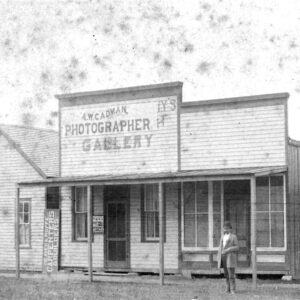 Cadman Photographer
Cadman Photographer
Cairo and Fulton Railroad
 Cairo and Fulton Telegraph Office
Cairo and Fulton Telegraph Office
Caldwell, Charles (Execution of)
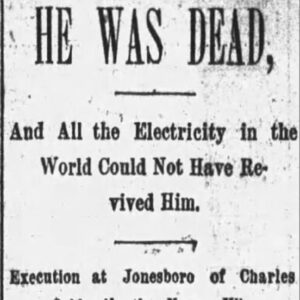 Charles Caldwell Execution Story
Charles Caldwell Execution Story
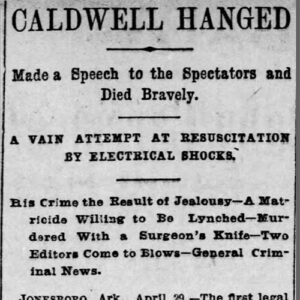 Charles Caldwell Execution Story
Charles Caldwell Execution Story
Caldwell, Will, and John Thomas (Lynching of)
aka: John Thomas and Will Caldwell (Lynching of)
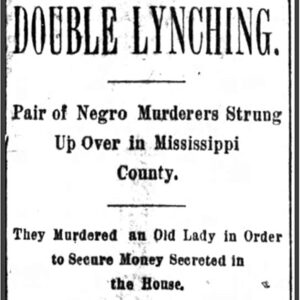 Caldwell and Thomas Lynching Article
Caldwell and Thomas Lynching Article
 Calhoun County Loggers
Calhoun County Loggers
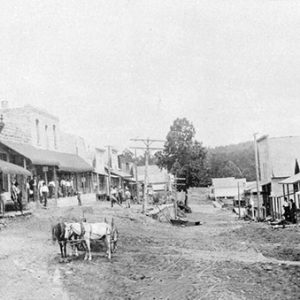 Calico Rock; Late 1800s
Calico Rock; Late 1800s
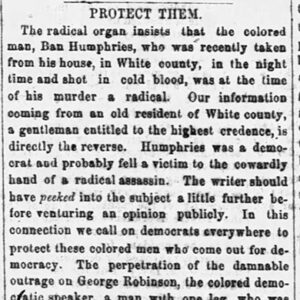 Call for Protection
Call for Protection
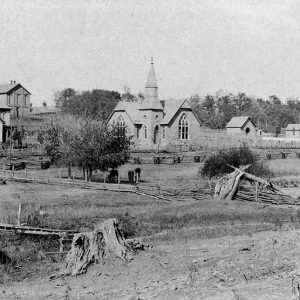 Cane Hill: 1891
Cane Hill: 1891
Canfield Race War of 1896
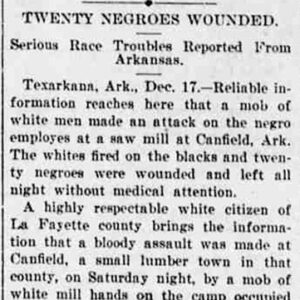 Canfield Race War Article
Canfield Race War Article
 Capital Hotel; 1892
Capital Hotel; 1892
Capus, Henry (Lynching of)
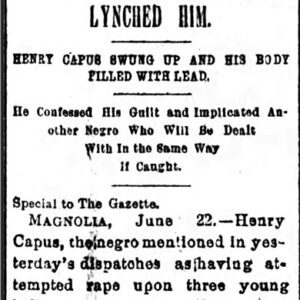 Henry Capus Lynching Article
Henry Capus Lynching Article
 Carlisle Independent
Carlisle Independent
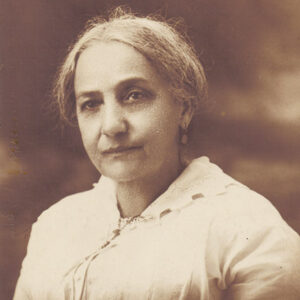 Henrietta Elizabeth Carolina
Henrietta Elizabeth Carolina
 Henrietta Elizabeth Carolina
Henrietta Elizabeth Carolina
 Flave Carpenter
Flave Carpenter
 Carroll County Lynching Article
Carroll County Lynching Article
Carroll County Lynching of 1878
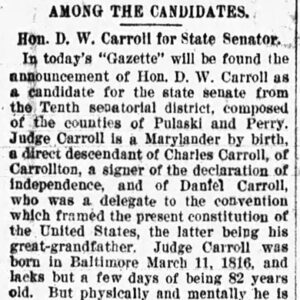 Carroll Endorsement Article
Carroll Endorsement Article
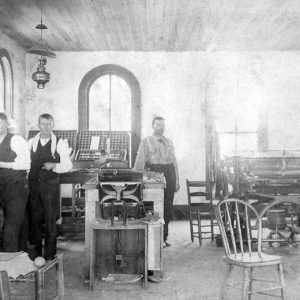 Carroll Progress Office
Carroll Progress Office
Carroll, George (Execution of)
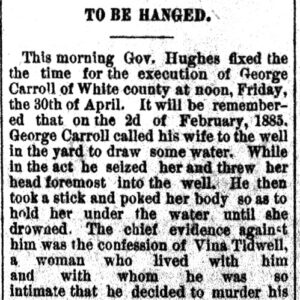 George Carroll Execution Story
George Carroll Execution Story
Carter, Allen (Lynching of)
Carter, Nathan (Execution of)
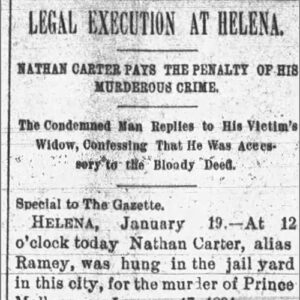 Nathan Carter Execution Article
Nathan Carter Execution Article
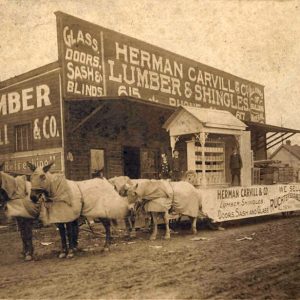 Carvill Store
Carvill Store
Casat, Deno (Execution of)
Case-Shiras-Dearmore House
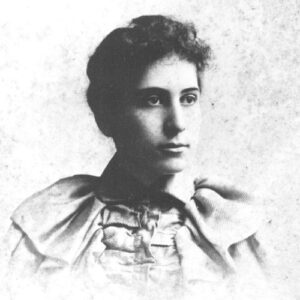 Sarah Esther Case
Sarah Esther Case
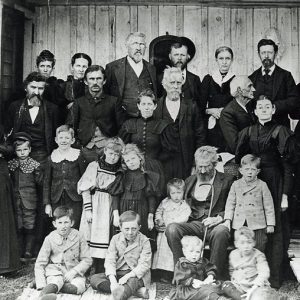 Casey Family; 1890
Casey Family; 1890
Casey, Frank (Execution of)
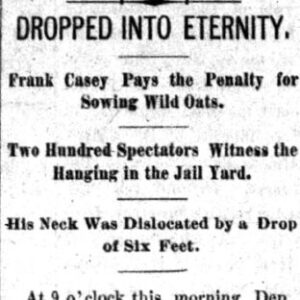 Frank Casey Execution Story
Frank Casey Execution Story
Cate, William Henderson
Cathedral of St. Andrew
aka: St. Andrew's Catholic Cathedral
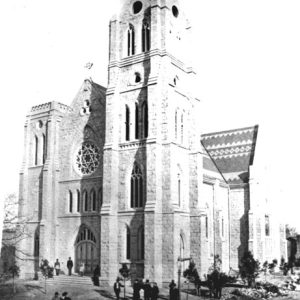 Cathedral of St. Andrew
Cathedral of St. Andrew
 Cedar Falls
Cedar Falls
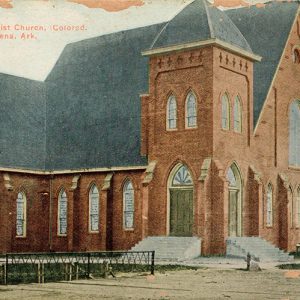 Centennial Baptist Church
Centennial Baptist Church
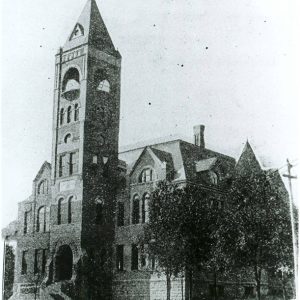 Centennial School
Centennial School
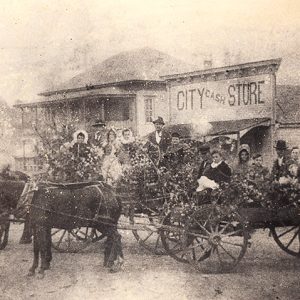 Center Point Street Scene
Center Point Street Scene
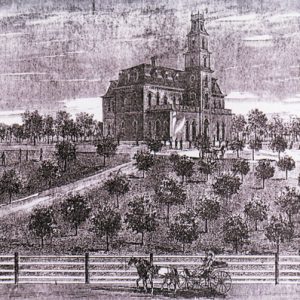 Central Collegiate Institute
Central Collegiate Institute
Chambers, Abe (Execution of)
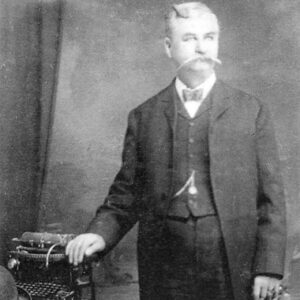 William Champion
William Champion
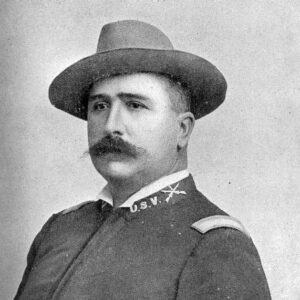 Elias Chandler
Elias Chandler




